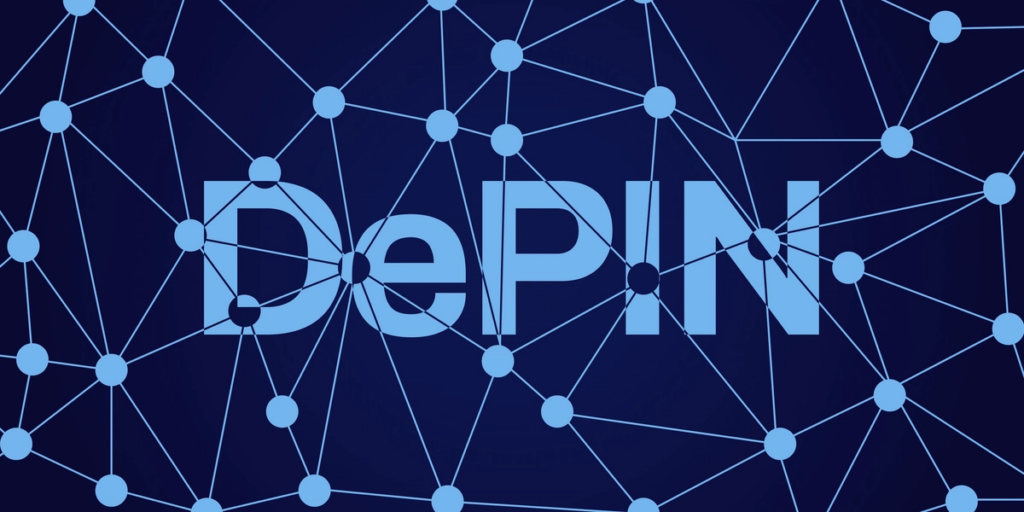

Scientific research occurs within a concrete (physical) network of infrastructure. This means that to succeed, Decentralized Science (DeSci) also needs a network of decentralized physical infrastructure including research labs, scientific instruments, etc.
In web3, DePIN is the term that stands for such Decentralized Physical Infrastructure Networks. It is a term which was developed to refer to the convergence of Web3 tech and Iot, the Internet of Things. Originally, this was known as MachineFi to allude to Machine Finance.
MachineFi is the convergence of Machines and Decentralized Finance (DeFi). It points to Machines processing data that can be harnessed into a DeFi framework. Data is the new gold and thus a network of machines together with their data must be liberated from centralization.
By mid-2022, crypto-venture fund Lattice was calling these real world networks Token Incentivized Physical Infrastructure Networks (TIPIN). This because the idea was to include token mechanisms to incentivize the decentralized deployment of physical infrastructure.
By the close of 2022, crypto-market intelligence firm Messari conducted a Twitter poll targeting its users. The result of the survey is the term we utilize now, and thus the DePIN web3 term was created. For a deep-dive I recommend you to read the work of Lin and collaborators1 (2024).
To put it ultra simple, in DePIN, network participants deploy physical infrastructure which span services that users consume. This is possible as blockchain validators/miners process transactions linking deployment to service via token incentives.
- Lin, Z., Wang, T., Shi, L., Zhang, S., & Cao, B. (2024). Decentralized Physical Infrastructure Network (DePIN): Challenges and Opportunities. ArXiv. https://arxiv.org/abs/2406.02239 ↩︎